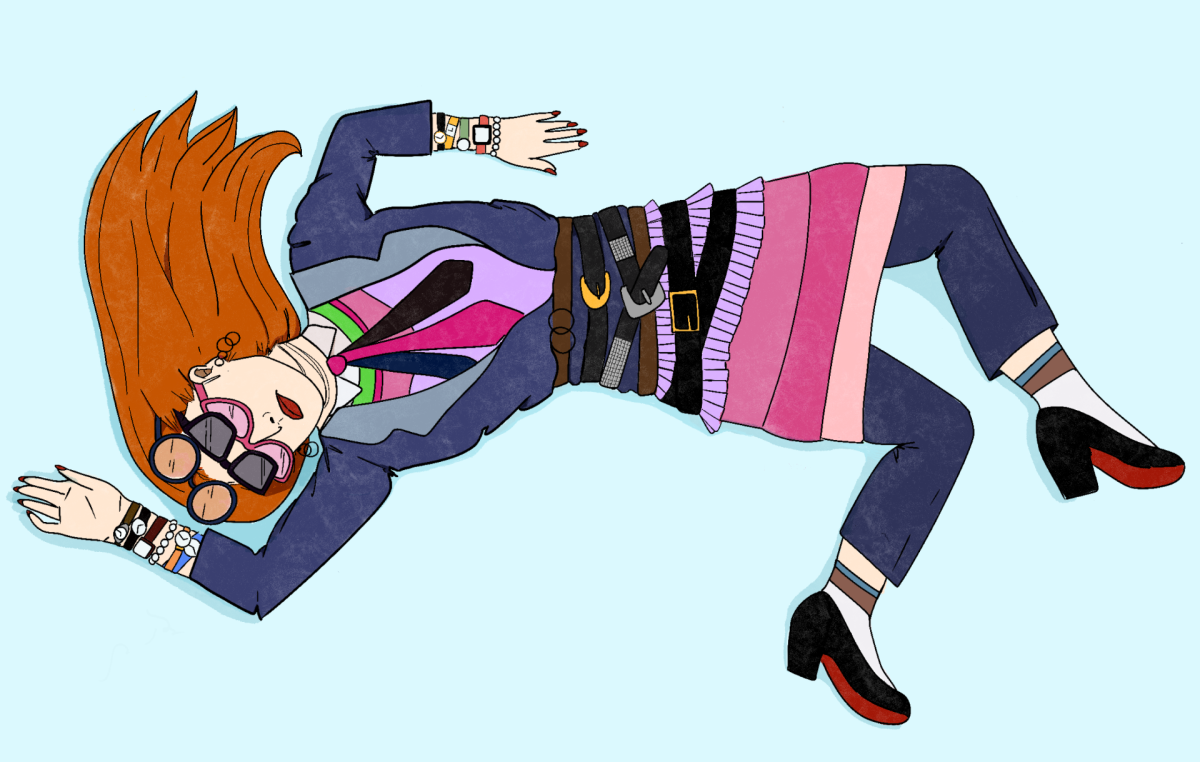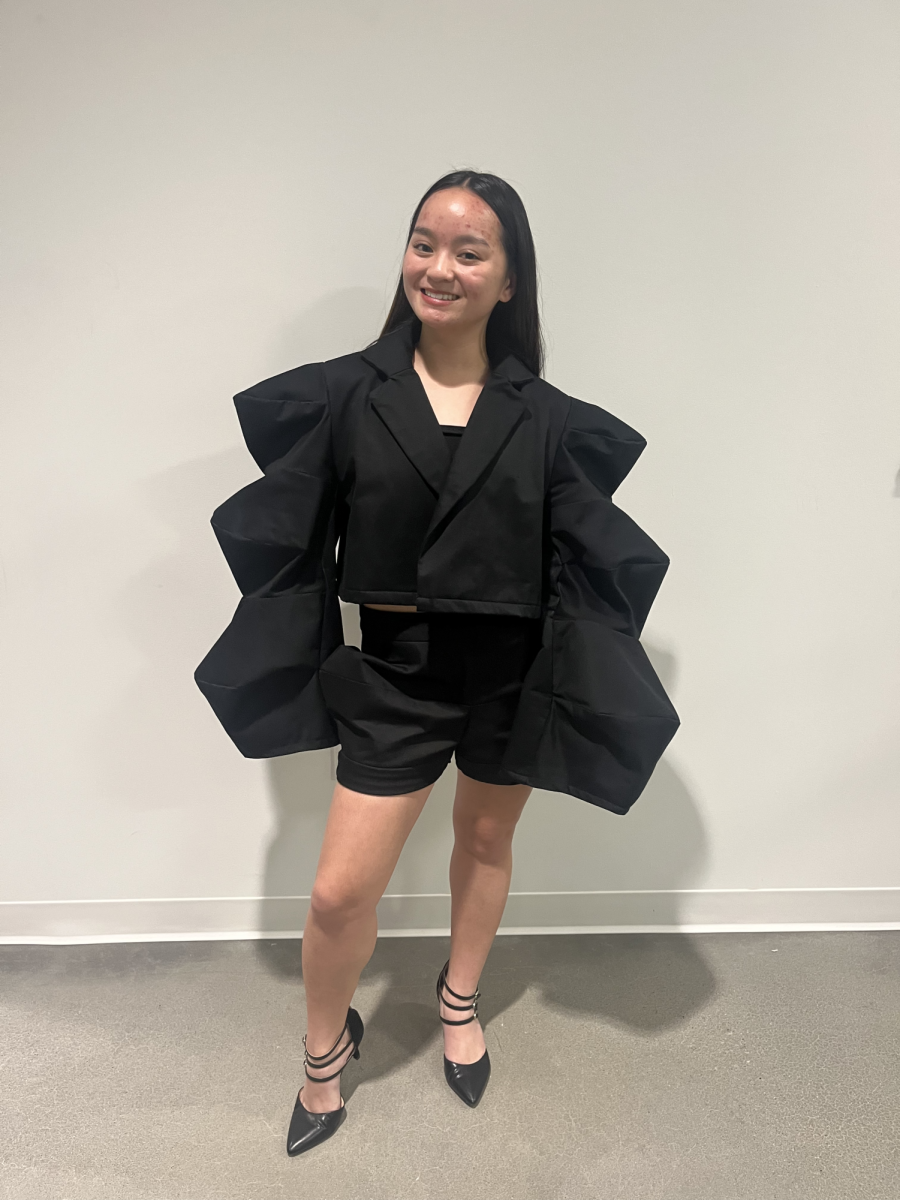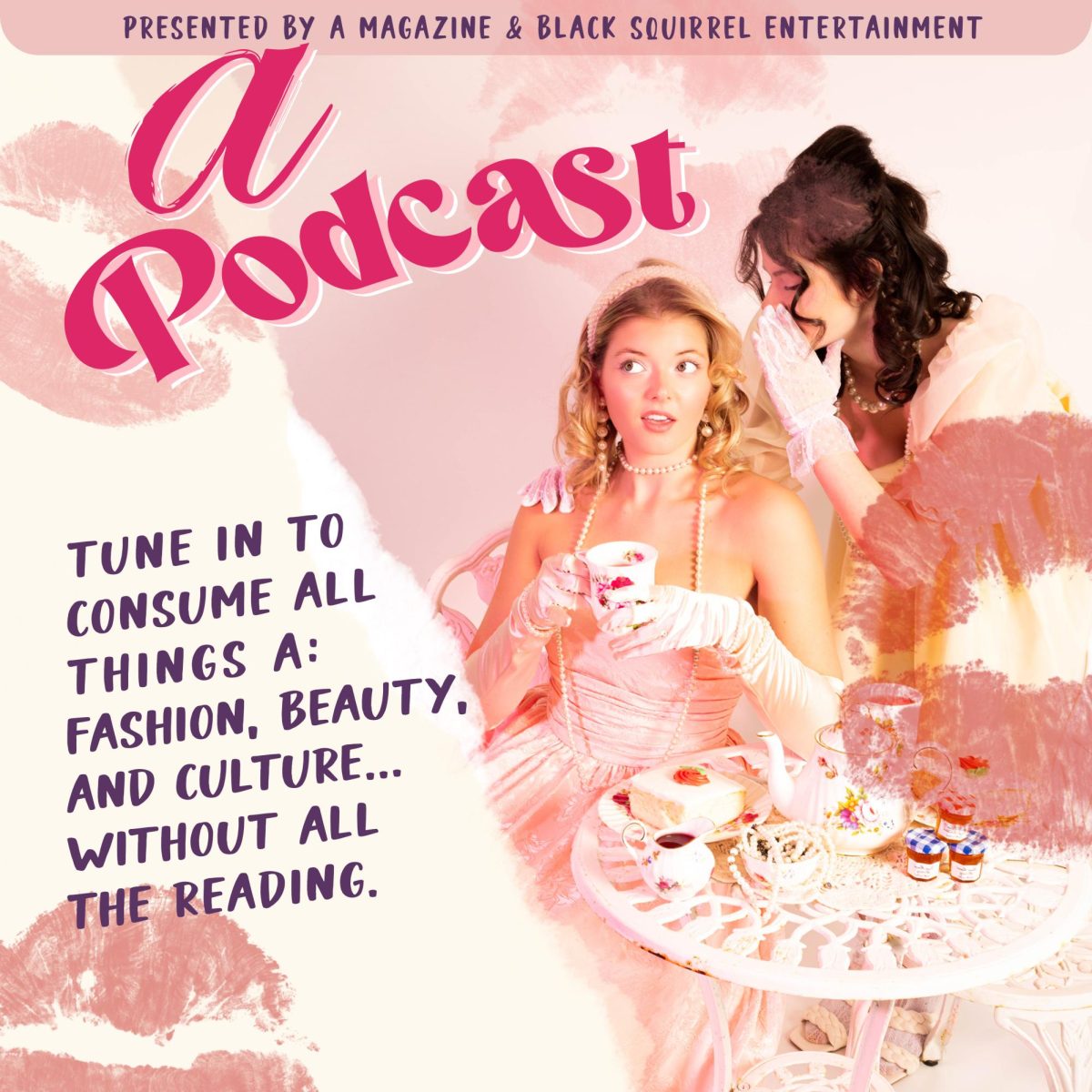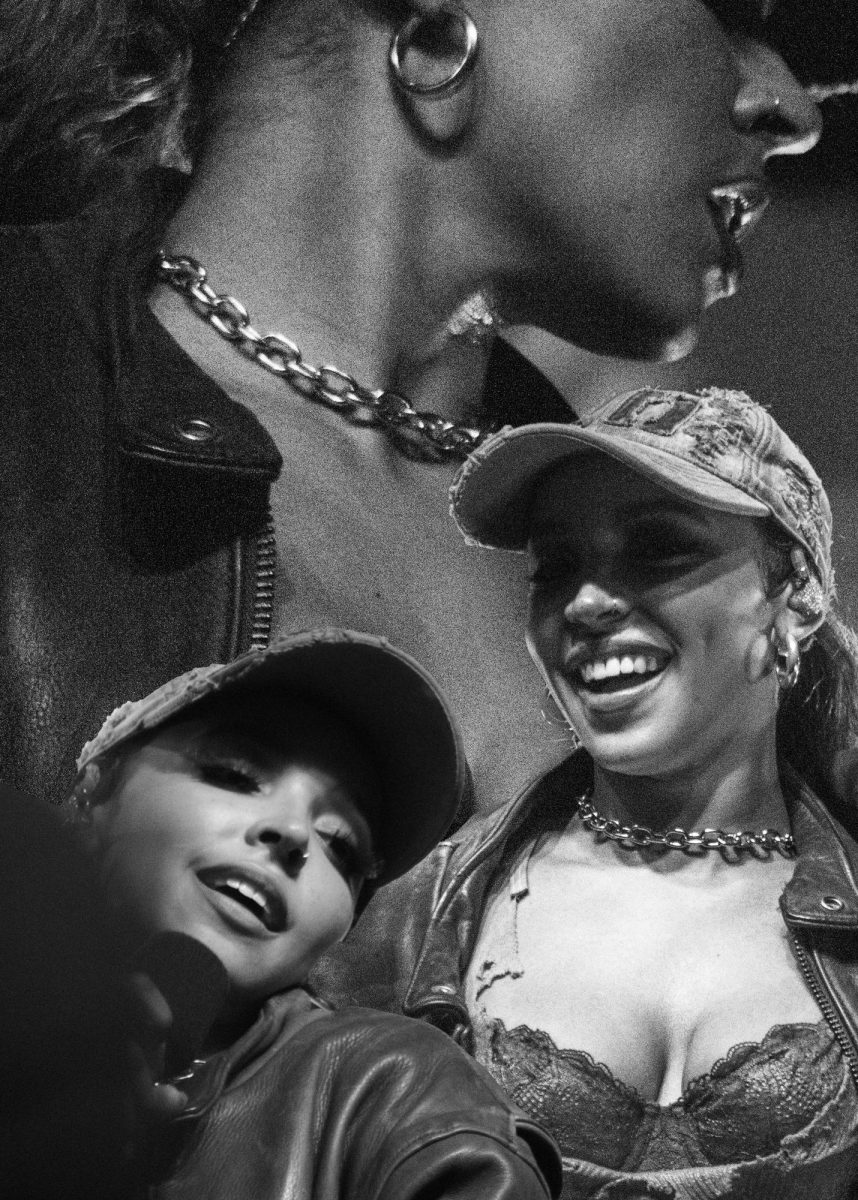Have you ever found yourself saying, “I have nothing to wear” while staring at a closet full of clothes? This is a sign of overconsumption. Overconsumption in the fashion industry is becoming a huge problem. According to The True Cost documentary in 2015, the world consumes around 80 billion new pieces of clothing every year, 400% more than the consumption 20 years ago. Overconsumption is consuming more than what is necessary, leading to excess waste and harm to the environment.
Fast fashion is a leading contributor to overconsumption, since it follows the rapidly changing tastes of consumers. Companies produce clothing in large quantities at low quality and prices.
While designer brands have a Spring/Summer collection and a Fall/ Winter Collection, it is estimated that fast fashion brands have 52 “micro seasons” a year. This means brands are generating new collections every week, leading to large amounts of waste. Since these items are low quality, they are not very durable and do not last as long as higher-quality products. This causes people to throw away these items and replace them with new clothing of the same poor quality, continuing the cycle.
Influencers on social media are adding to the normalization of overconsumption. They make videos about new clothing and product hauls. Brands often send products or PR packages to influencers to urge their audiences to buy these items. People look to influencers to see what trends to follow. If someone sees a clothing item or a pair of shoes on someone they follow or see on social media, they might be influenced to buy the item.
TikTok has also given rise to microtrends. These trends have a shorter lifespan and can change from week to week. By watching these videos on TikTok or seeing posts on social media, people get the idea that they need to have these items to “fit in.”
To reduce overconsumption, the fashion industry can shift to a circular fashion model. This system is designed to reduce the amount of waste it takes to make a garment. Clothing items are designed to be reusable, repairable, biodegradable and recyclable. Circular fashion allows brands to use less materials, increase recyclability and ensure good quality clothing to their consumers. Customers can research brands and only buy from brands that are made sustainably and ethically.
Another way people can reduce overconsumption is to limit the amount of purchases they make. Consumers can look to see what they have in their closet before going out and buying something new for every occasion. They can also try new ways of styling the items they already own to create new looks.
Customers can also repair items of clothing that have been damaged. By taking an item to a seamstress or learning to mend clothing themselves, customers can fix the clothes they already have instead of buying new items.
Another option customers have is to buy second-hand from local thrift stores or organizations such as Goodwill. These stores have a wide selection of clothing products at low prices. It allows people to give their unwanted clothing items to people who will give them a new life. Customers can also shop second-hand online with apps such as Depop, Poshmark and Vinted.
Tik tokers such as Siena Filippi (@ssiiena) and Brooklyn Karasack (@brooklynkarasack) have popularized re-purosing old clothing. Siena Filippi gives new life to old items while also adding unique pieces to her wardrobe that can not be found in modern stores. Brooklyn Karsack turns old clothing that she buys at thrift stores into modern and trendy pieces. Both influencers have gained a following that allowed them to influence others to start thrifting and to turn old clothing into new styles.
Brands need to take the steps to create garments that are made ethically and sustainably. In doing this, they can ensure customers that their products will last longer and are high quality. So, the next time you are making a purchase and thinking if you really need it, consider all the alternatives first.
Support Student Media
Hi! I’m Kayla Friedman, A Magazine’s editor-in-chief. My staff and I are committed to bringing you the most important and entertaining news from the realms of fashion, beauty and culture. We are full-time students and hard-working journalists. While we get support from the student media fee and earned revenue such as advertising, both of those continue to decline. Your generous gift of any amount will help enhance our student experience as we grow into working professionals. Please go here to donate to A Magazine.


















